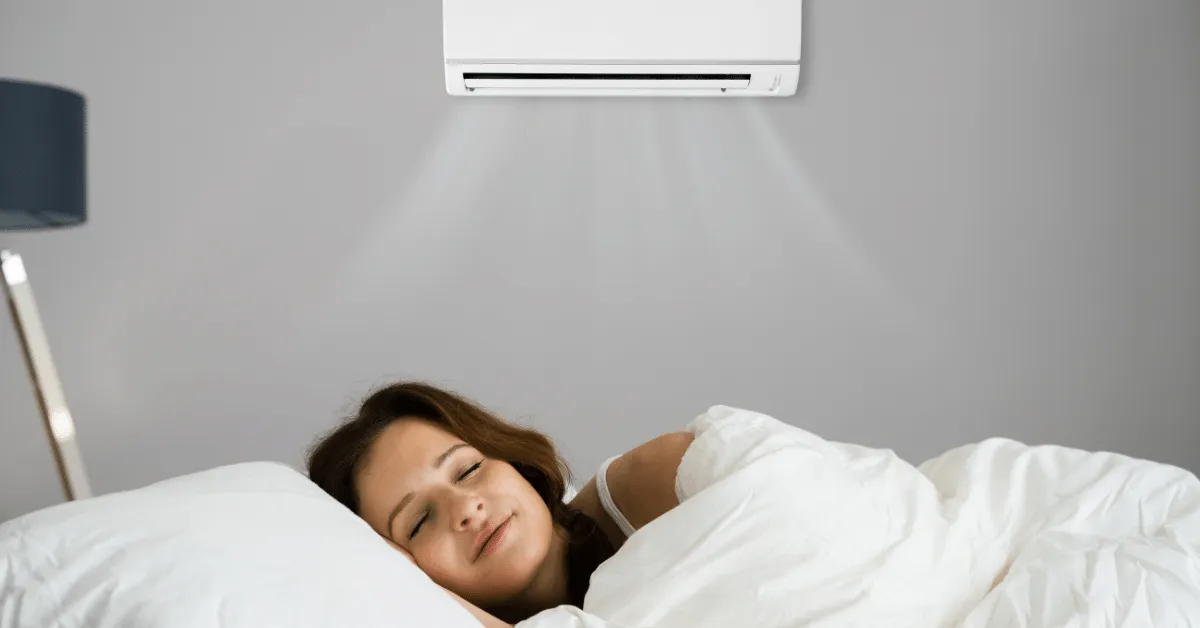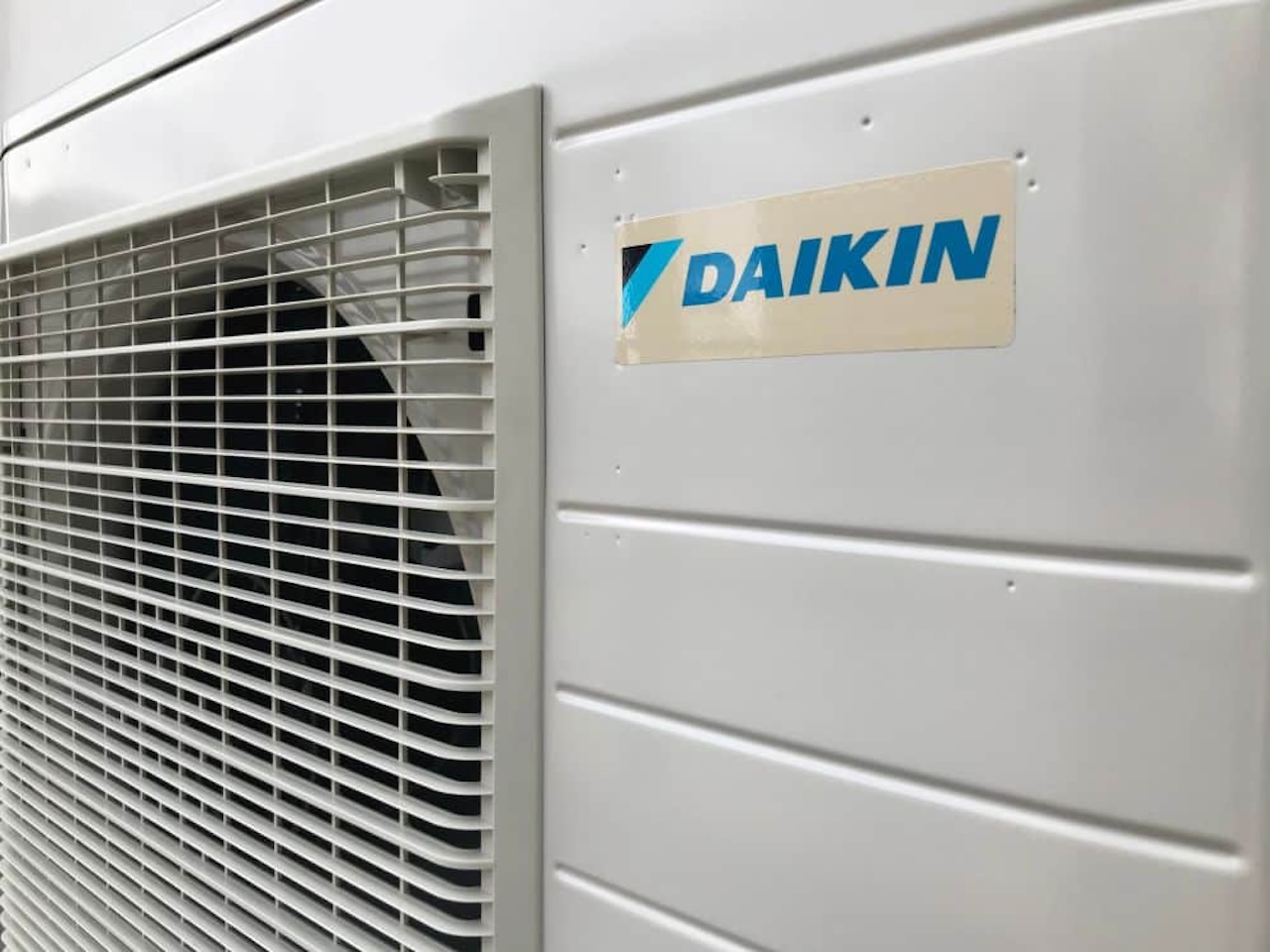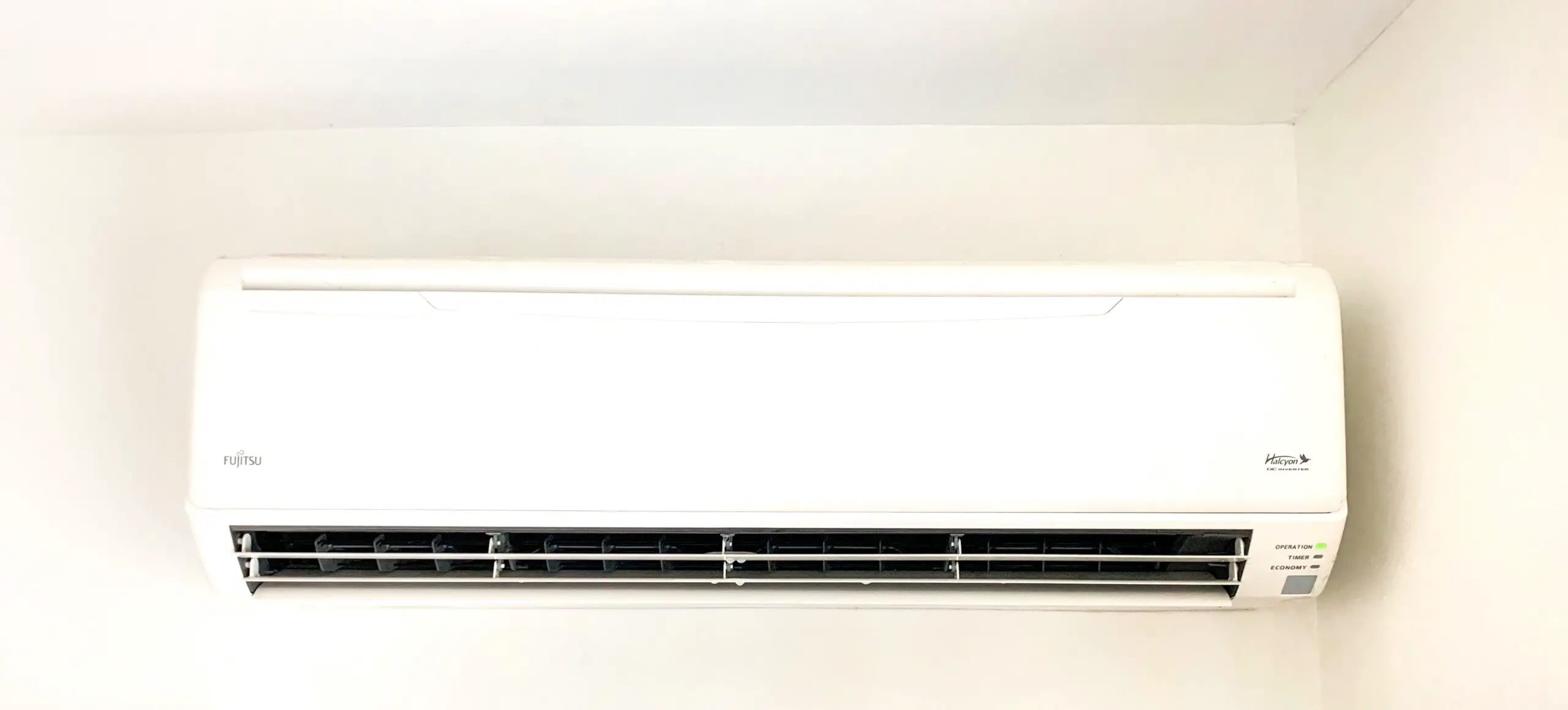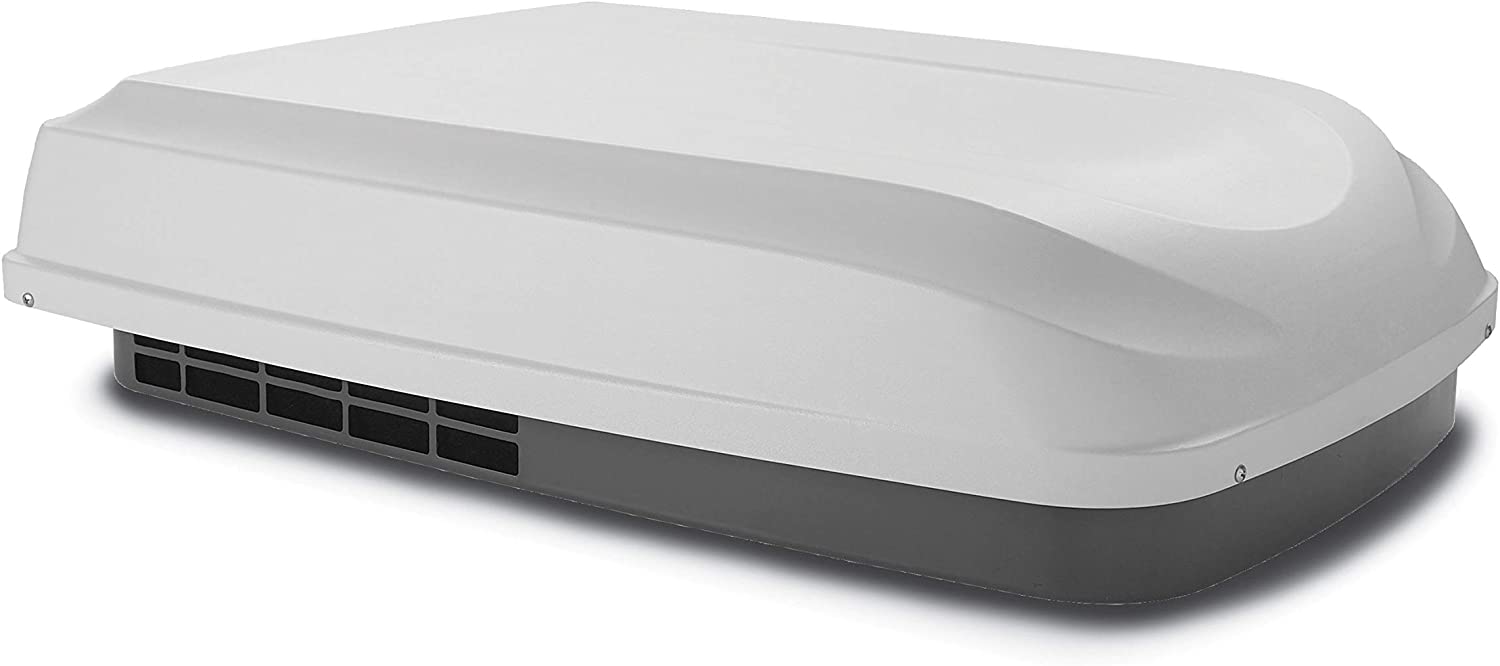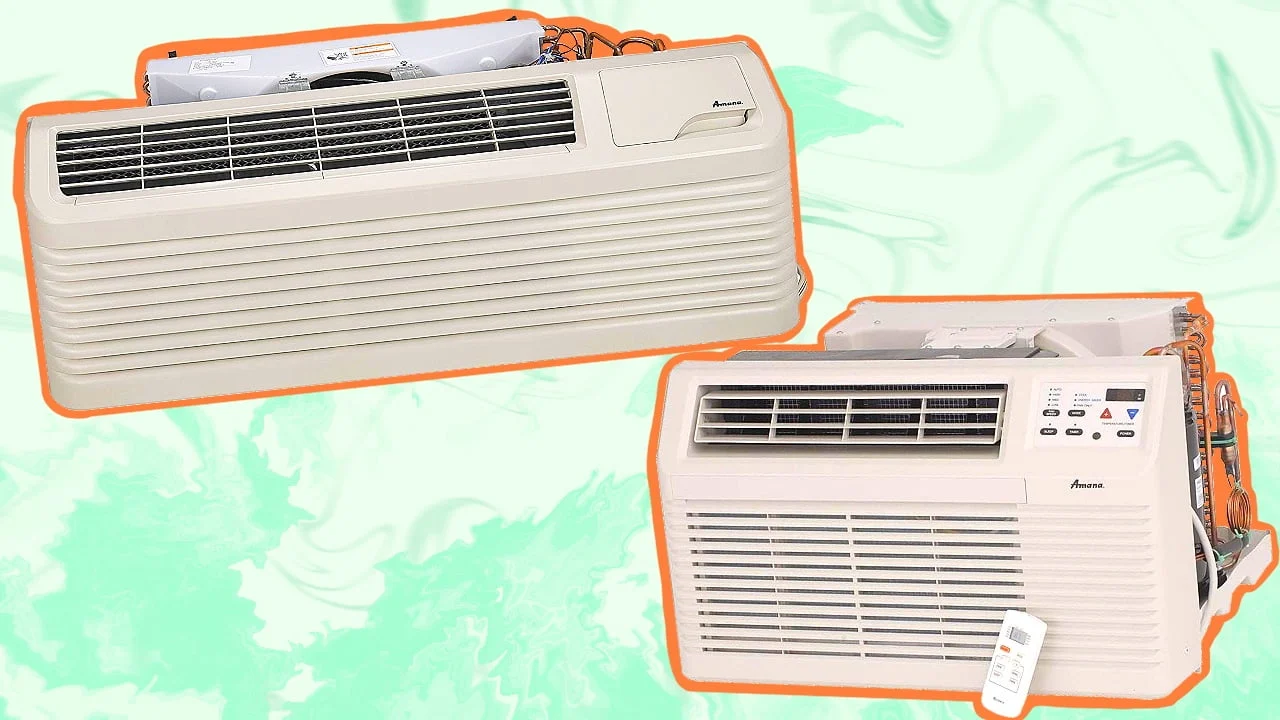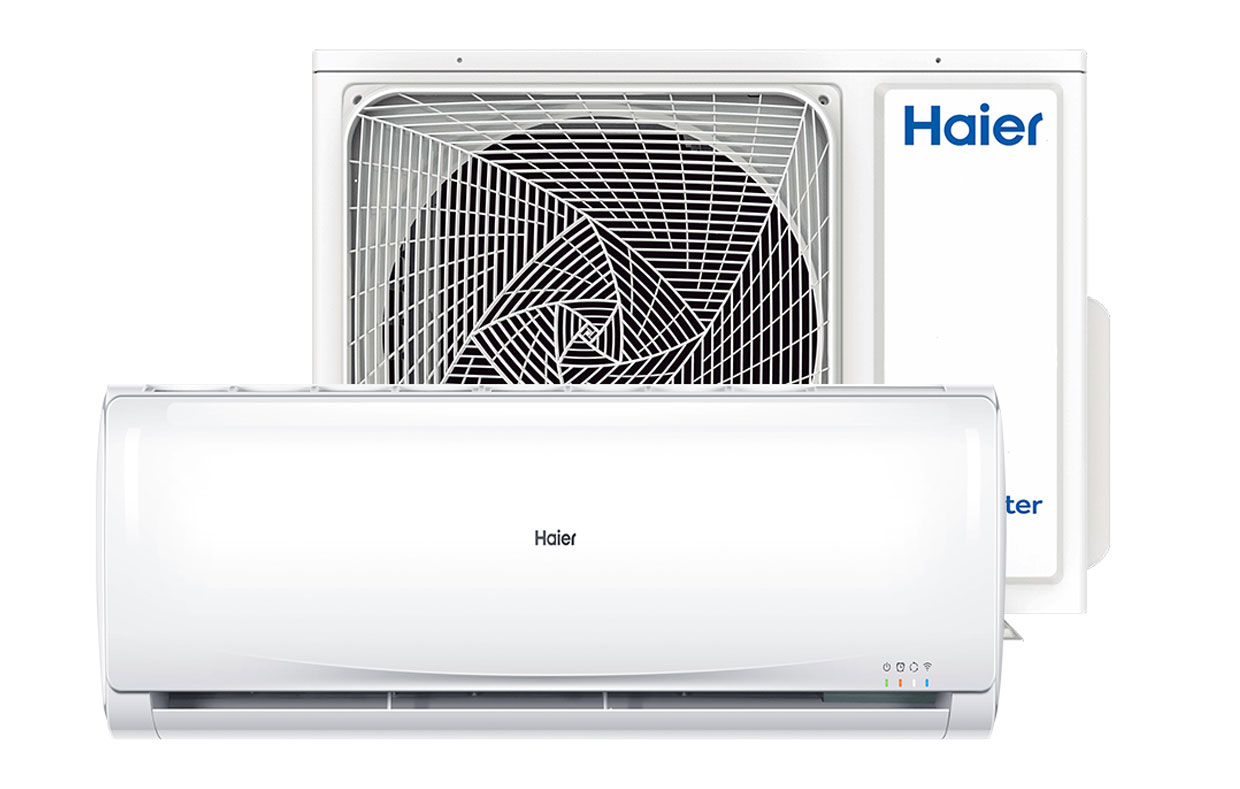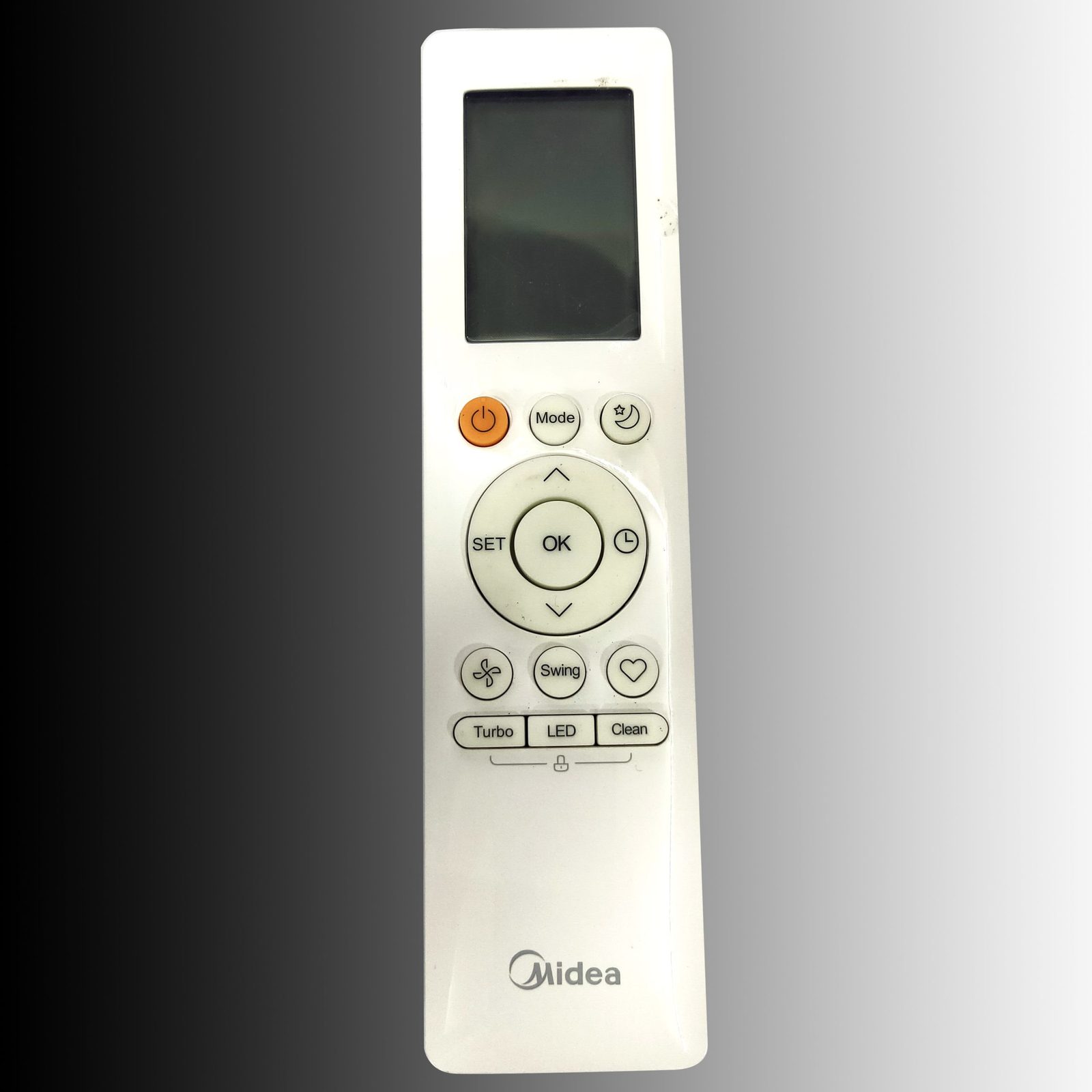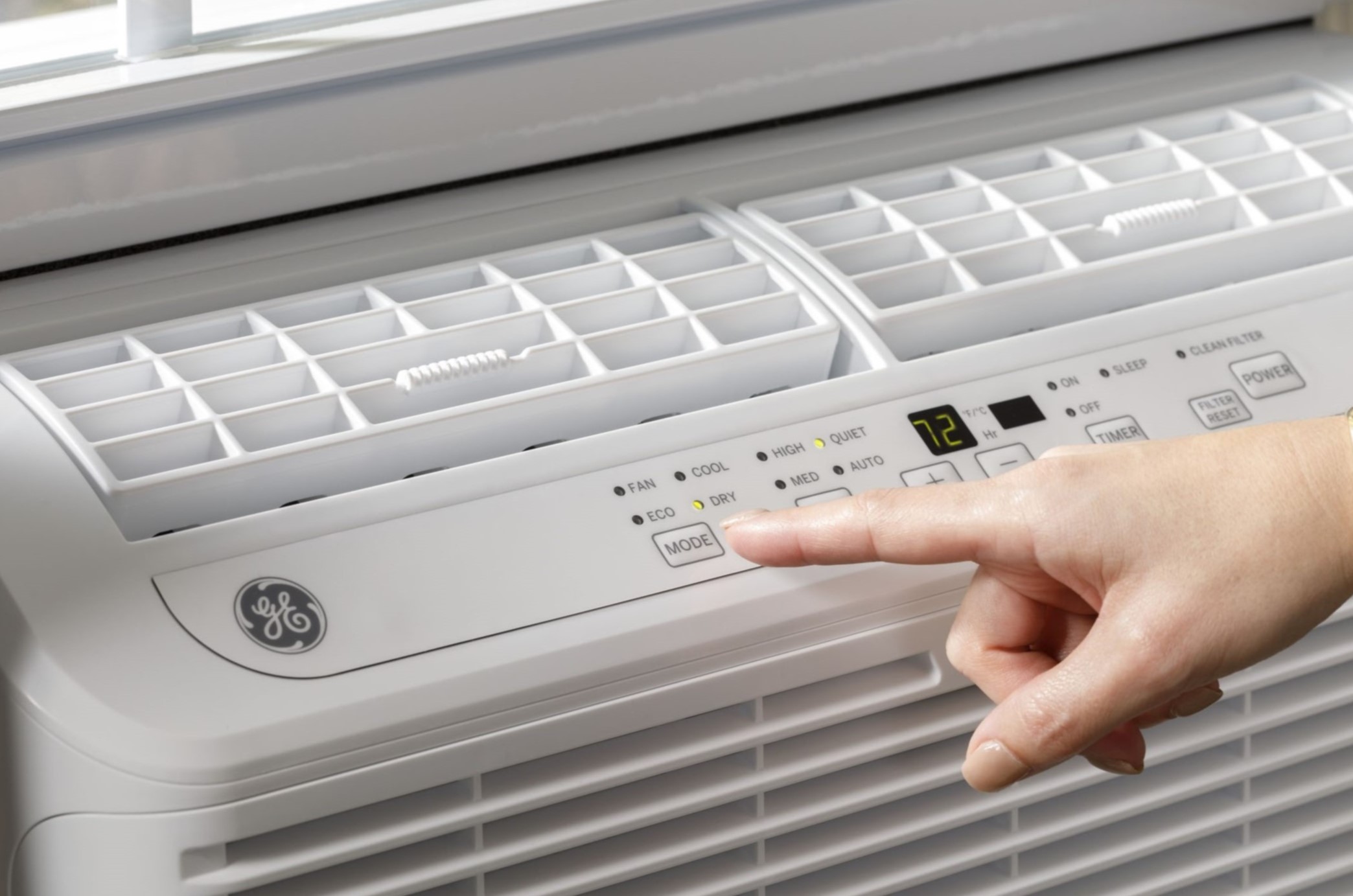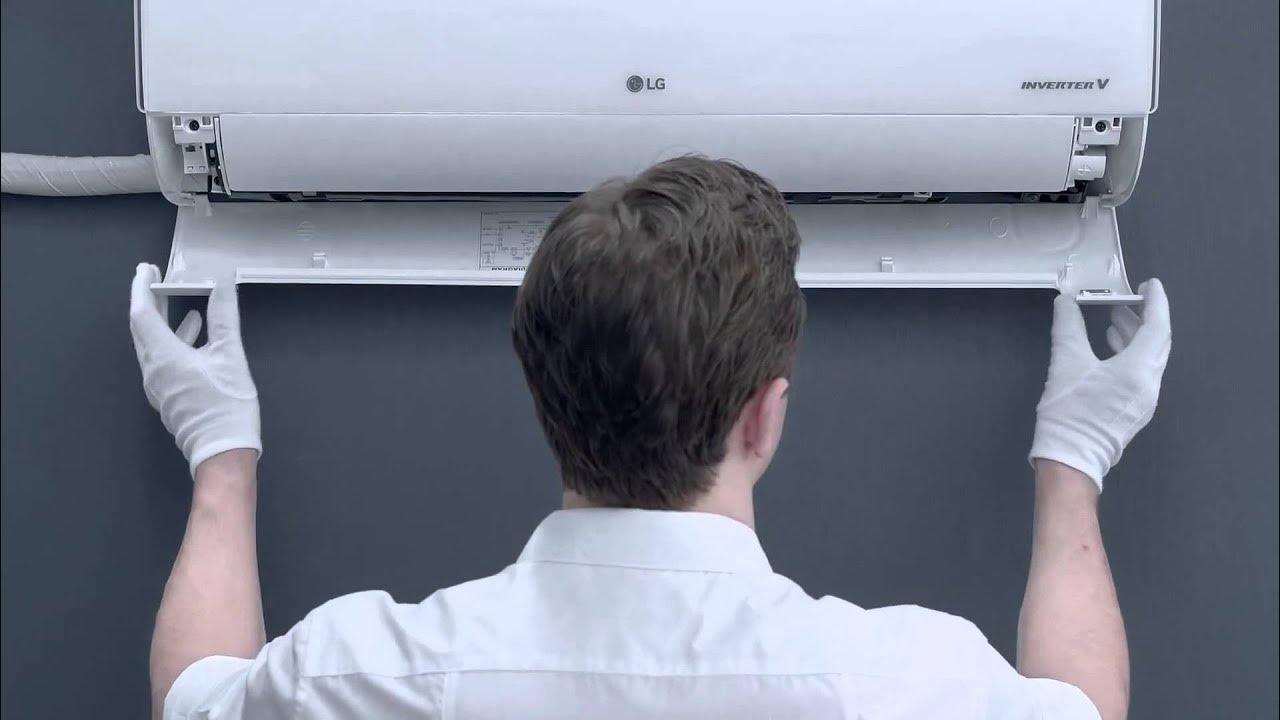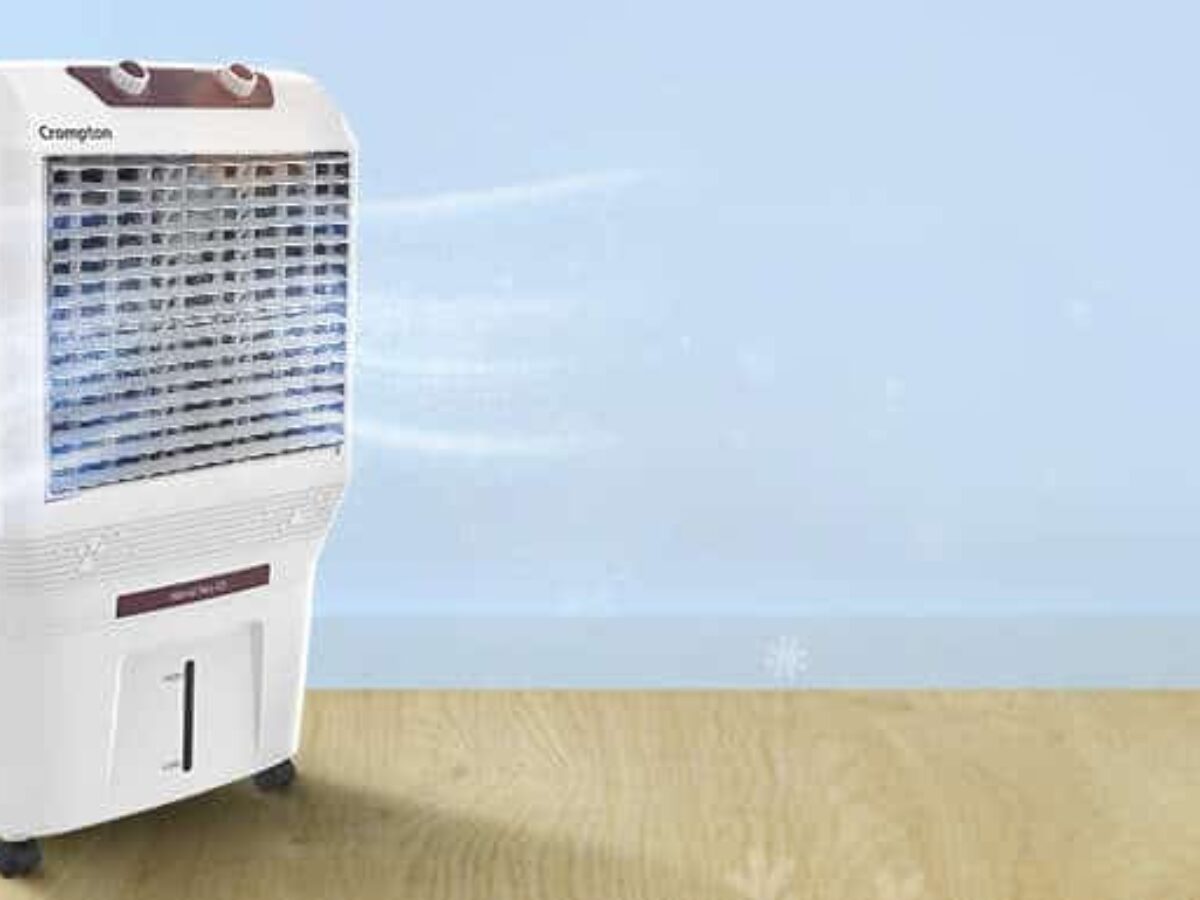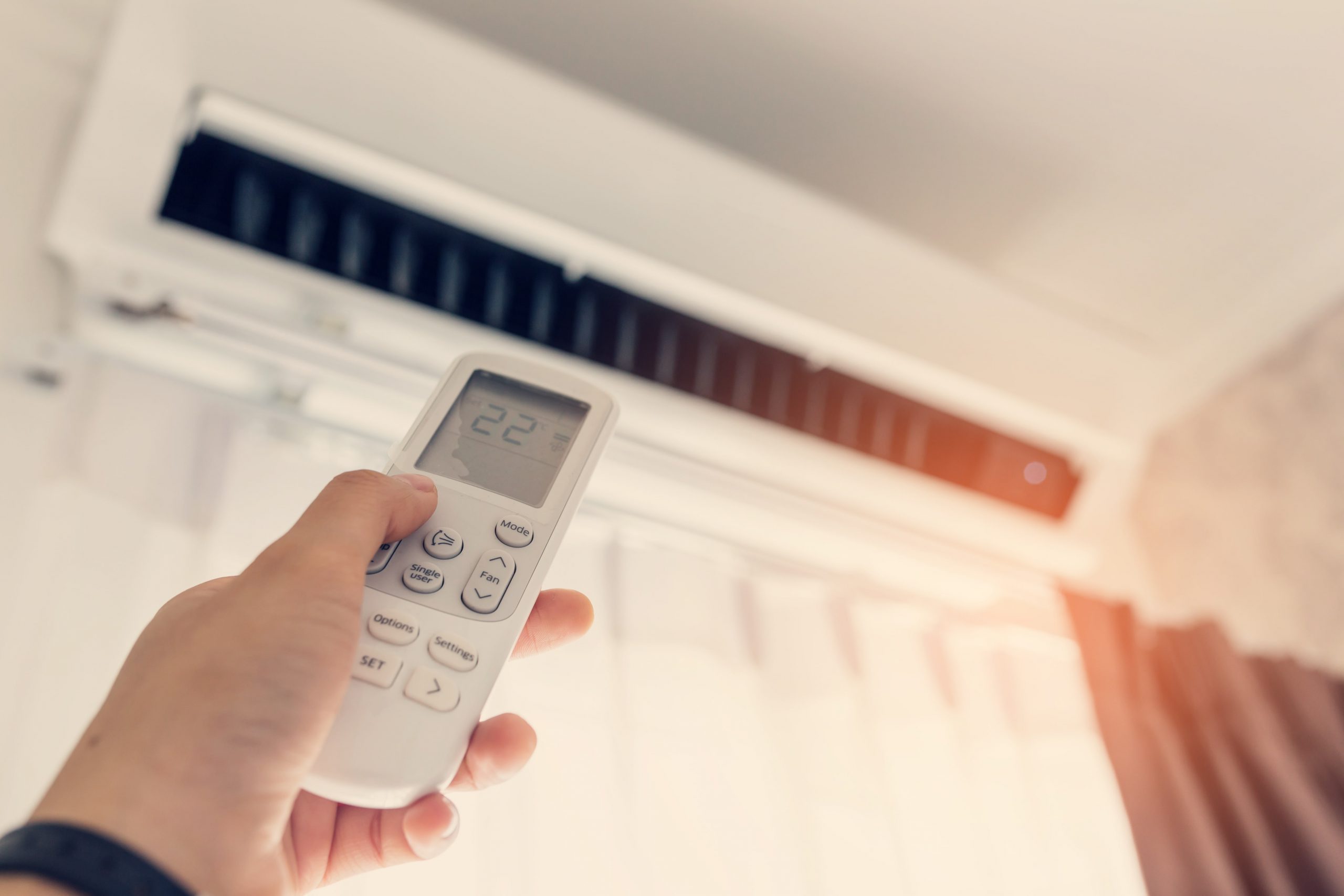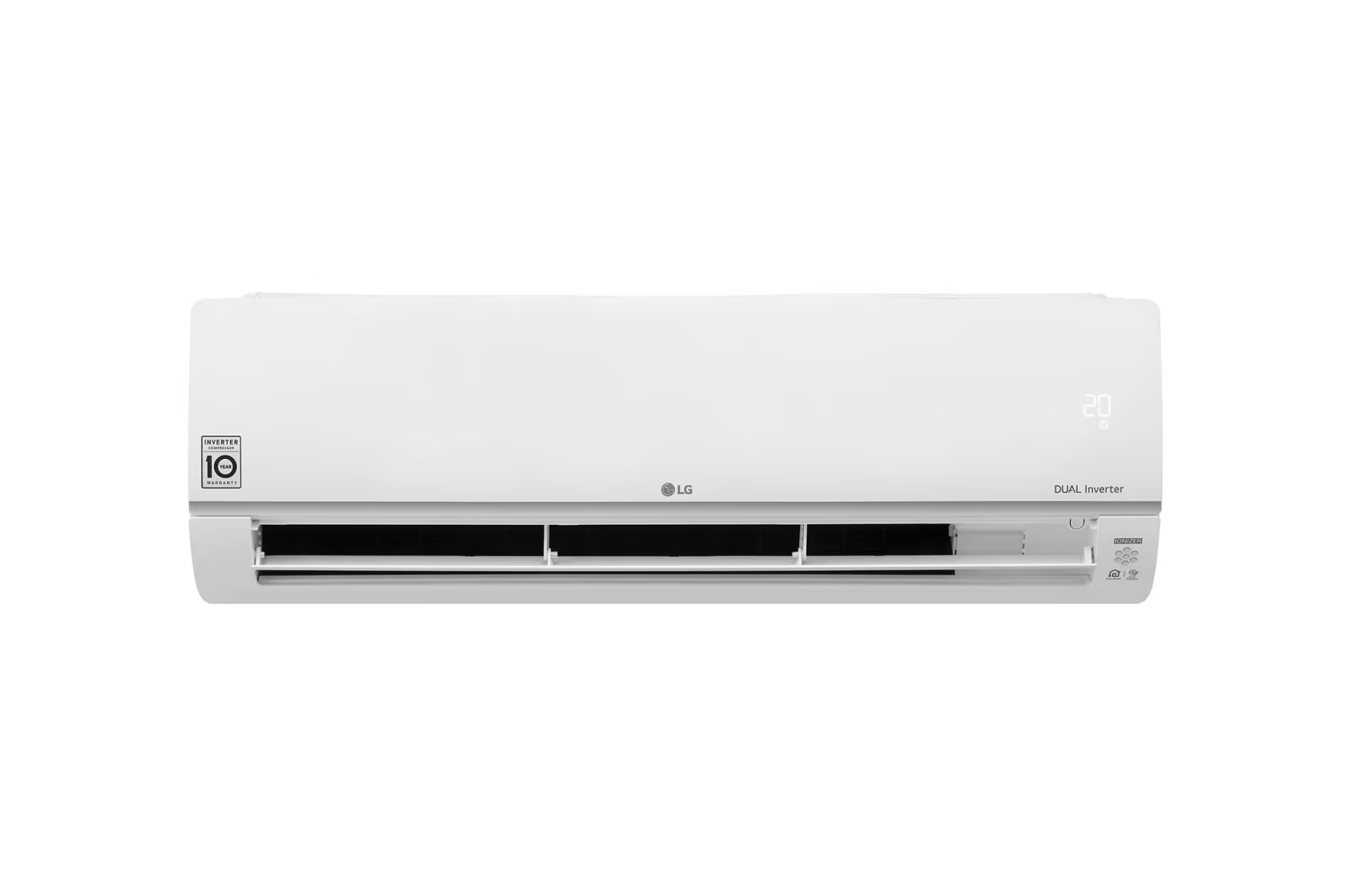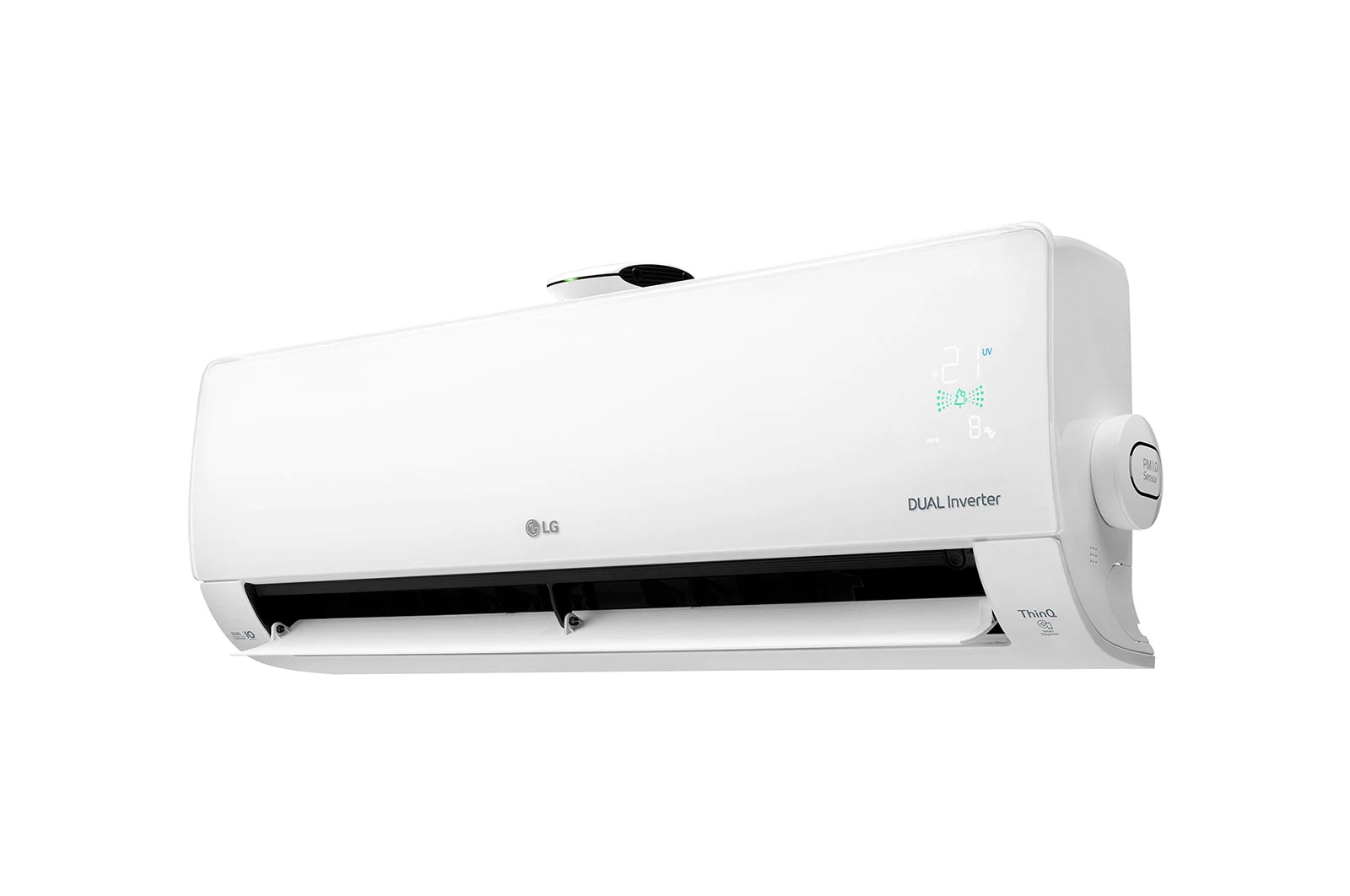Home>Home Maintenance>How To Reset A Portable Air Conditioner
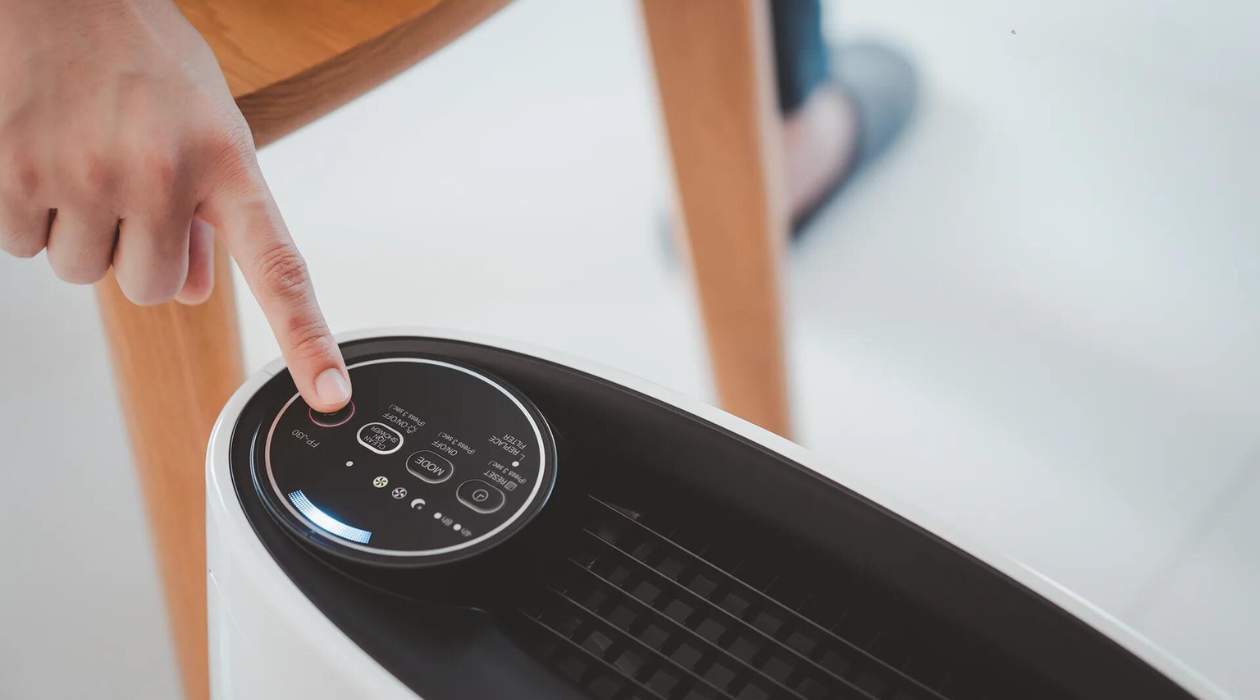

Home Maintenance
How To Reset A Portable Air Conditioner
Modified: May 6, 2024
Learn how to reset your portable air conditioner easily with these simple home maintenance tips. Keep your space cool and comfortable all summer long.
(Many of the links in this article redirect to a specific reviewed product. Your purchase of these products through affiliate links helps to generate commission for Storables.com, at no extra cost. Learn more)
Introduction
Portable air conditioners are a great convenience during hot summer months, providing cool and comfortable living spaces. However, like any electronic device, they may occasionally encounter technical glitches or issues that require a reset. Resetting a portable air conditioner can help resolve common problems like freezing, overheating, or a malfunctioning thermostat.
Understanding how to properly reset a portable air conditioner is essential for maintaining its optimal performance and prolonging its lifespan. In this article, we will guide you through the step-by-step process of resetting a portable air conditioner, ensuring that you can quickly and effectively resolve any minor issues that may arise.
Key Takeaways:
- Resetting a portable air conditioner can resolve common issues like insufficient cooling, thermostat malfunctions, and freezing. It’s a simple and effective way to keep your space cool and comfortable during hot summer months.
- Before attempting a reset, ensure safety by following precautions, such as turning off the power, waiting for residual charge to dissipate, and avoiding excessive force when pressing the reset button. These steps help protect you and your air conditioner.
Read more: How To Reset A GE Air Conditioner
Understanding the Need to Reset a Portable Air Conditioner
Portable air conditioners, like any other electronic device, can sometimes experience technical issues or glitches. These issues can result in various problems such as insufficient cooling, erratic temperature control, or even the complete failure of the unit. Resetting the portable air conditioner is a troubleshooting technique that can often resolve these issues and restore the unit to its normal functioning.
There are several reasons why a portable air conditioner may require a reset:
- Power Surge: Power outages or fluctuations can disrupt the internal settings and programming of the air conditioner. Resetting the unit helps to recalibrate the system and restore it to its default settings.
- Thermostat Issues: Sometimes, the thermostat may malfunction, causing the air conditioner to not cool the room effectively or to turn off prematurely. A reset can help to re-establish proper communication between the thermostat and the cooling system.
- Freezing: If the air conditioner’s evaporator coil freezes due to a lack of airflow or other issues, it may stop cooling the room. Resetting the unit can clear any error codes and restart the cooling process.
- Overheating: In some cases, a portable air conditioner may shut down automatically due to overheating. Resetting the unit allows it to cool down and resume operation.
- Software Glitches: Just like other electronic devices, portable air conditioners can experience software glitches that may affect their performance. A reset can help to resolve these glitches and restore the air conditioner’s functionality.
It is important to note that while resetting a portable air conditioner can often fix minor issues, it may not address more significant problems. If the unit continues to malfunction after resetting, it is advisable to consult a professional technician or the manufacturer’s customer support for further assistance.
Precautions before Resetting a Portable Air Conditioner
Before proceeding with the reset process, it is important to take some precautions to ensure your safety and prevent any potential damage to the portable air conditioner:
- Read the Manufacturer’s Manual: Familiarize yourself with the specific instructions provided by the manufacturer for resetting your portable air conditioner. Each model may have slightly different reset procedures.
- Turn Off the Power: Ensure that the portable air conditioner is completely turned off and unplugged from the power source before attempting to reset it. This prevents any electrical mishaps or damage to the unit during the reset process.
- Wait for a Few Minutes: After unplugging the unit, wait for at least 5 minutes to allow any residual electrical charge to dissipate. This will help ensure a safe reset process.
- Avoid Excessive Force: When pressing the reset button, exercise caution and apply gentle pressure. Use your fingertip or a small non-metallic object, such as a toothpick or pen cap, to avoid damaging the button or the surrounding components.
- Ensure Proper Ventilation: Portable air conditioners require proper ventilation to function efficiently. Make sure that the unit is placed in a well-ventilated area with adequate airflow and clear space around it.
- Check for Warranty: If your portable air conditioner is still under warranty, it is advisable to contact the manufacturer or authorized service center before attempting a reset. They can provide guidance and support to avoid any potential voiding of the warranty.
By following these precautions, you can ensure a safe and successful reset process for your portable air conditioner. It is essential to prioritize your safety and the longevity of your unit while troubleshooting any issues it may encounter.
Step 1: Turn Off and Unplug the Air Conditioner
The first step in resetting a portable air conditioner is to ensure that the unit is completely turned off and unplugged from the power source. This will prevent any electrical mishaps and ensure your safety during the reset process.
To turn off the air conditioner, locate the power button or switch on the control panel. Press the power button or flip the switch to the off position. Wait for a few seconds to ensure that the unit has completely powered down.
Once the air conditioner is turned off, unplug it from the power outlet. This will disconnect the unit from the electrical supply and minimize the risk of electric shock.
It is important to note that some portable air conditioners may have a built-in delay feature to protect the compressor. After turning off the unit, wait for a few minutes before proceeding to the next step. This will allow the compressor to stabilize and prevent any potential damage during the reset process.
Before moving on to the next step, double-check that the air conditioner is completely powered off and unplugged. Inspect the power cord and ensure that it is not damaged or frayed. A damaged power cord should be replaced before attempting to reset the unit.
By following this step, you have ensured that the portable air conditioner is safely disconnected from the power supply and ready for the reset process.
Step 2: Wait for a Few Minutes
After turning off and unplugging the portable air conditioner, it is important to wait for a few minutes before proceeding with the reset process. This waiting period allows the internal components of the unit to fully discharge any residual power and ensures a safe reset.
Waiting for a few minutes helps to stabilize the compressor and other electrical components. This step is particularly important if the air conditioner has a built-in delay feature, as it allows the system to reset and prepare for the next cycle.
During this waiting period, take the opportunity to inspect the air conditioner for any signs of damage or visible issues. Check for loose or disconnected wires, leaks, or excessive dirt accumulation on the filters or vents. Address any noticeable problems before continuing with the reset process.
It is worth noting that the recommended waiting time can vary depending on the model and manufacturer of the portable air conditioner. Consult the manufacturer’s manual or guidelines for specific instructions regarding the waiting period for your unit.
By patiently waiting for a few minutes, you are ensuring that the portable air conditioner is ready for the subsequent steps of the reset process. This step contributes to the successful reset and optimal functioning of the unit.
To reset a portable air conditioner, unplug it for at least 10 minutes, then plug it back in and press the reset button if available. If there’s no reset button, refer to the user manual for specific instructions.
Read more: How To Reset An LG Air Conditioner
Step 3: Press the Reset Button
Once you have turned off, unplugged, and waited for a few minutes, it is time to locate and press the reset button on your portable air conditioner. The reset button is typically located on the control panel or near the power cord.
Before pressing the reset button, double-check the manufacturer’s manual or guidelines for the specific location of the reset button on your model. This ensures that you are pressing the correct button and avoids potential damage to other components.
Using your fingertip or a small non-metallic object, such as a toothpick or pen cap, gently press and hold the reset button for approximately 5-10 seconds. Applying a steady amount of pressure should activate the reset function of the air conditioner.
While pressing the reset button, you may notice some visual indicators, such as flashing lights or changes in the display panel. These indicators are normal and indicate that the reset process is taking place.
Keep in mind that the reset button may be small and require a bit of precision to press. Avoid using excessive force or sharp objects, as this can cause damage to the button or other components of the air conditioner.
Upon releasing the reset button, you may hear a click or see the lights on the control panel return to their default state. This indicates that the reset process has been successfully initiated.
By following this step and pressing the reset button, you are performing a crucial action in resetting the portable air conditioner. This step helps to recalibrate the unit and resolve any minor technical issues that may have occurred.
Step 4: Plug in and Turn On the Air Conditioner
After pressing the reset button, it is time to plug in the portable air conditioner and turn it back on. This step completes the reset process and allows the unit to resume normal operation.
Locate the power cord of the air conditioner and plug it securely into a nearby power outlet. Ensure that the outlet is in good condition and provides a stable power supply.
Once the air conditioner is plugged in, navigate to the control panel or use the remote control to turn on the unit. Press the power button or follow the instructions provided by the manufacturer to initiate the startup sequence.
As the air conditioner powers up, you may hear the compressor and fan start working. The control panel or display may also show indicators of the unit coming back to life.
It is important to note that the startup process may take a few minutes, especially if the air conditioner has been reset. Allow the unit some time to stabilize and begin cooling the room.
During this step, pay attention to any unusual sounds, odors, or error messages that may appear on the control panel. If you encounter any issues, consult the manufacturer’s manual or contact their customer support for further assistance.
By plugging in and turning on the air conditioner, you are completing the reset process and allowing the unit to regain its normal functionality. This step brings the air conditioner back to life and prepares it for the final step of the reset process: testing.
Step 5: Test the Reset
After plugging in and turning on the portable air conditioner, it is important to test the reset to ensure that the issues or glitches have been resolved and the unit is functioning correctly.
To test the reset, follow these steps:
- Set the Desired Temperature: Adjust the thermostat on the control panel or remote control to the desired temperature. Make sure it is set to a temperature that should trigger the air conditioner to start cooling.
- Listen for the Compressor: As the air conditioner starts cooling, listen for the sound of the compressor kicking in. The compressor is responsible for cooling the air, and its operation indicates that the reset has been successful.
- Check for Cool Air: Place your hand in front of the air conditioner’s vents or hold a piece of paper near them. You should feel a steady flow of cool air or see the paper being slightly drawn towards the vents.
- Observe the Thermostat: Monitor the temperature displayed on the thermostat. It should gradually decrease as the air conditioner continues to cool the room. This indicates that the thermostat is functioning properly.
- Ensure Proper Airflow: Walk around the room and check for proper airflow from the air conditioner. Make sure that the air is reaching all areas of the room and that there are no obstructions blocking the airflow.
If, after testing the reset, you notice any issues such as insufficient cooling, loud noises, unusual odors, or error messages on the display, it is advisable to contact the manufacturer’s customer support or a professional technician for further assistance. These professionals can help diagnose and resolve any underlying issues.
By testing the reset, you can ensure that the portable air conditioner has been successfully reset and that it is now working as expected. This step validates the effectiveness of the reset process and allows you to enjoy cool and comfortable air once again.
Additional Tips for Resetting a Portable Air Conditioner
When resetting a portable air conditioner, it can be helpful to keep the following tips in mind:
- Regular Maintenance: To prevent frequent issues and the need for frequent resets, perform regular maintenance on your portable air conditioner. This includes cleaning or replacing filters, keeping the unit clean and free from debris, and ensuring proper ventilation.
- Temperature Control: Avoid frequently adjusting the temperature settings on the air conditioner. Rapidly changing the temperature can put strain on the unit and may lead to technical issues.
- Power Source: Ensure that the portable air conditioner is plugged into a dedicated power outlet and not connected to an extension cord or shared outlet. This helps maintain a stable power supply and prevents voltage fluctuations.
- Avoid Overuse: Portable air conditioners, like all appliances, have certain limitations. Avoid overusing the unit or running it continuously for extended periods. This can lead to excessive wear and tear, increasing the likelihood of technical issues and the need for resets.
- Keep the Area Cool: Ensure that the room where the portable air conditioner is placed is well-insulated and properly sealed. This helps the unit operate efficiently and reduces the strain on the cooling system.
- Regular Inspections: Periodically inspect the air conditioner for any signs of damage, leaks, or abnormalities. Early detection can help prevent more significant issues and minimize the frequency of resets.
- Manufacturer’s Support: If you encounter persistent issues or are unsure about the reset process, contact the manufacturer’s customer support. They can provide specific troubleshooting guidance or arrange for professional service if needed.
By following these additional tips, you can help maintain the optimal performance of your portable air conditioner and reduce the need for frequent resets. Regular maintenance and responsible usage go a long way in ensuring the longevity and efficiency of the unit.
Read more: How To Reset A Frigidaire Air Conditioner
Conclusion
Resetting a portable air conditioner is a simple yet effective troubleshooting technique that can resolve many common issues and restore the unit’s optimal functionality. Whether it’s a power surge, thermostat malfunction, freezing, overheating, or software glitch, performing a reset can often resolve these problems and get your air conditioner back to cooling your space effectively.
Throughout this article, we have discussed the step-by-step process of resetting a portable air conditioner. From turning off and unplugging the unit to pressing the reset button and testing the reset, each step plays a vital role in the successful resolution of technical issues.
However, it is important to remember that not all problems can be solved by a simple reset. If issues persist after resetting, it may be necessary to seek professional assistance from the manufacturer’s customer support or a qualified technician. They can provide expert guidance and diagnose any underlying issues that may require more advanced troubleshooting or repairs.
To avoid frequent resets and maintain the longevity of your portable air conditioner, practicing regular maintenance and responsible usage is key. Keep the unit clean, inspect it regularly, and ensure proper ventilation and temperature control. By following these additional tips and guidelines, you can minimize the need for resets and enjoy cool and comfortable air all summer long.
Remember, safety should always be a priority when working with electrical devices. Before attempting a reset, read the manufacturer’s manual, follow the recommended precautions, and exercise caution throughout the process.
Your portable air conditioner is an invaluable asset in keeping your home cool and comfortable. With the knowledge and understanding of how to reset it when needed, you can quickly and effectively address common issues and enjoy uninterrupted cooling during hot summer days.
So, you've mastered resetting your portable air conditioner. Why stop there? Cooling systems often need similar attention. Dive into our detailed guide on how to rejuvenate your larger cooling setup. Our next piece simplifies resetting your home's mainstay cooling unit, ensuring you stay refreshed even during the hottest days. Keep your home's climate comfortable with minimal fuss!
Frequently Asked Questions about How To Reset A Portable Air Conditioner
Was this page helpful?
At Storables.com, we guarantee accurate and reliable information. Our content, validated by Expert Board Contributors, is crafted following stringent Editorial Policies. We're committed to providing you with well-researched, expert-backed insights for all your informational needs.
